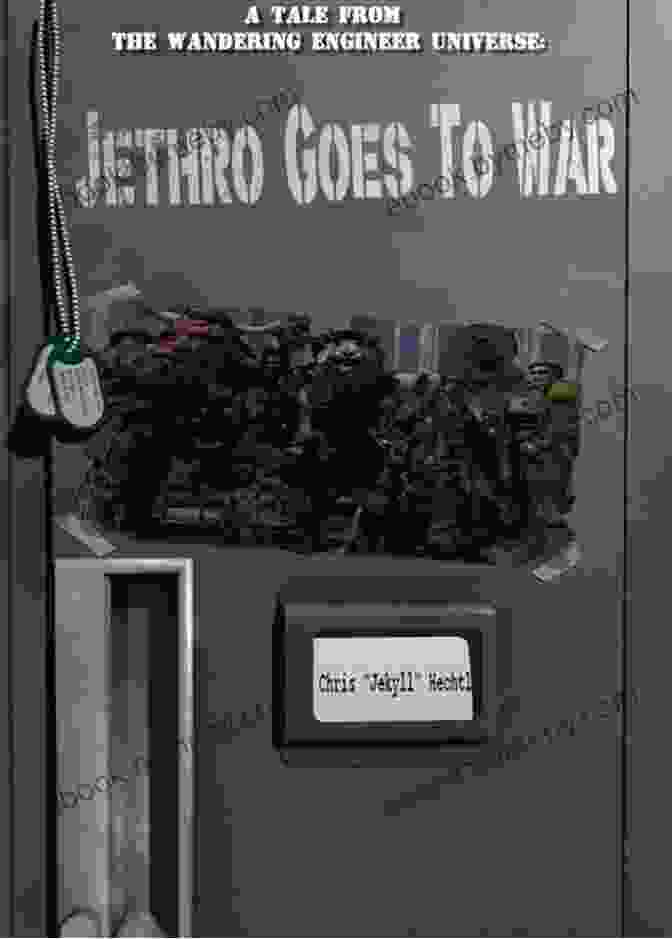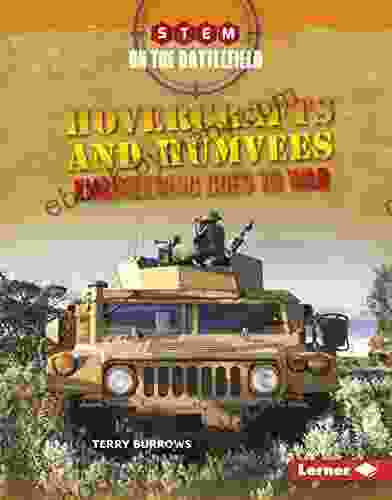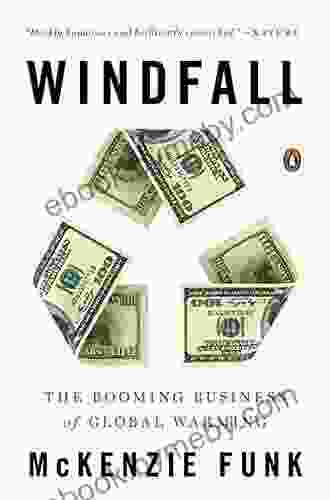Engineering Goes to War: Unleashing STEM on the Battlefield

In the annals of warfare, the role of engineering has been profound and enduring. From the earliest siege engines to the sophisticated technologies of modern combat, engineering innovations have shaped the course of battles and the fate of nations.
5 out of 5
| Language | : | English |
| File size | : | 11090 KB |
| Screen Reader | : | Supported |
| Print length | : | 48 pages |
This book, "Engineering Goes to War: Unleashing STEM on the Battlefield," delves into this fascinating intersection of science, technology, engineering, and mathematics (STEM) with the art of war. Through a captivating narrative, it explores the pivotal role engineers have played in shaping the strategies, tactics, and weapons of war throughout history.
The Dawn of Military Engineering
The origins of military engineering can be traced back to the ancient world. In the siege of Troy, the Greeks employed a massive wooden horse to infiltrate the city's walls, while the Romans constructed elaborate siege towers and catapults to breach enemy fortifications.
As warfare evolved, so too did the role of engineers. In the Middle Ages, castles became formidable strongholds, protected by moats, drawbridges, and thick walls. Engineers played a crucial role in designing and constructing these defensive structures.
Engineering in the Industrial Revolution
The Industrial Revolution ushered in a surge of technological advancements that transformed warfare. Engineers developed new weapons, such as the rifled musket and the cannon, which increased firepower and accuracy.
The emergence of steam power and railroads also revolutionized military logistics and mobility. Engineers built railroads and bridges to transport troops and supplies to the front lines.
World War I and the Rise of STEM
World War I was a watershed moment in the history of military engineering. The conflict saw the widespread use of new technologies, including aircraft, tanks, and chemical weapons.
Engineers played a vital role in developing and deploying these new weapons. They also designed defensive structures, such as trenches and barbed wire, that shaped the brutal trench warfare of the Western Front.
World War II and the Atom Bomb
World War II witnessed an even greater explosion of STEM innovations. Engineers developed radar, sonar, and computers, which gave the Allies a significant technological advantage.
The most infamous engineering achievement of the war was the Manhattan Project, which produced the atomic bomb. This weapon of mass destruction forever altered the course of human history.
The Cold War and Space Race
The Cold War created a new era of technological competition between the United States and the Soviet Union. Engineers raced to develop new weapons, such as nuclear missiles and intercontinental ballistic missiles.
The space race also captured the world's imagination. Engineers designed and built rockets that propelled astronauts into orbit and eventually to the moon.
Modern Warfare and the Digital Battlefield
In today's world, STEM continues to play a pivotal role in warfare. Engineers are developing cutting-edge technologies, such as drones, cyberweapons, and artificial intelligence, that are transforming the battlefield.
The convergence of STEM and warfare is creating a new landscape of conflict, where digital warfare and information dominance are becoming increasingly important.
The intersection of engineering and warfare is a story of innovation, ingenuity, and the human drive to overcome challenges. "Engineering Goes to War: Unleashing STEM on the Battlefield" sheds light on this fascinating and often overlooked aspect of human history.
Through a compelling narrative and captivating illustrations, this book explores the pivotal role engineers have played in shaping the strategies, tactics, and weapons of war throughout history. It is a must-read for anyone interested in the history of warfare, the evolution of technology, or the intersection of science and society.
Free Download your copy of "Engineering Goes to War: Unleashing STEM on the Battlefield" today!

5 out of 5
| Language | : | English |
| File size | : | 11090 KB |
| Screen Reader | : | Supported |
| Print length | : | 48 pages |
Do you want to contribute by writing guest posts on this blog?
Please contact us and send us a resume of previous articles that you have written.
 Book
Book Novel
Novel Page
Page Chapter
Chapter Text
Text Story
Story Genre
Genre Reader
Reader Library
Library Paperback
Paperback E-book
E-book Magazine
Magazine Newspaper
Newspaper Paragraph
Paragraph Sentence
Sentence Bookmark
Bookmark Shelf
Shelf Glossary
Glossary Bibliography
Bibliography Foreword
Foreword Preface
Preface Synopsis
Synopsis Annotation
Annotation Footnote
Footnote Manuscript
Manuscript Scroll
Scroll Codex
Codex Tome
Tome Bestseller
Bestseller Classics
Classics Library card
Library card Narrative
Narrative Biography
Biography Autobiography
Autobiography Memoir
Memoir Reference
Reference Encyclopedia
Encyclopedia Karin Slaughter
Karin Slaughter Kate Saller
Kate Saller Simon Pridmore
Simon Pridmore Mark Sundeen
Mark Sundeen Leonard Susskind
Leonard Susskind Tali Carmi
Tali Carmi Kate Gillespie
Kate Gillespie Tom Mole
Tom Mole Karen Mcdonough
Karen Mcdonough Julie S Snyder
Julie S Snyder Karen Bonnell
Karen Bonnell Robert T Mcgee
Robert T Mcgee Katharine Branning
Katharine Branning Karen Inglis
Karen Inglis Susan R Stoltz
Susan R Stoltz Max Help Workbooks
Max Help Workbooks Write Blocked
Write Blocked Kathy Schwalbe
Kathy Schwalbe Kelly Starrett
Kelly Starrett Kaitlyn Duling
Kaitlyn Duling
Light bulbAdvertise smarter! Our strategic ad space ensures maximum exposure. Reserve your spot today!

 Colin FosterUnleash the Enthralling Jack Widow Saga: A Masterpiece of Action, Suspense,...
Colin FosterUnleash the Enthralling Jack Widow Saga: A Masterpiece of Action, Suspense,... W. Somerset MaughamFollow ·5.2k
W. Somerset MaughamFollow ·5.2k Keith CoxFollow ·8.9k
Keith CoxFollow ·8.9k Jeffrey HayesFollow ·19.6k
Jeffrey HayesFollow ·19.6k Roberto BolañoFollow ·10.6k
Roberto BolañoFollow ·10.6k Boris PasternakFollow ·9k
Boris PasternakFollow ·9k Orson Scott CardFollow ·19k
Orson Scott CardFollow ·19k Glen PowellFollow ·11.2k
Glen PowellFollow ·11.2k Bo CoxFollow ·17k
Bo CoxFollow ·17k

 George Orwell
George OrwellPandemic with Dogs: Two Essays
By Susannah Charleson In the midst of...

 Leo Mitchell
Leo MitchellAdam Smith's The Wealth of Nations: A Classic Treatise on...
Adam Smith's The...

 Cade Simmons
Cade SimmonsUnlock Your Communication Potential: Effective Techniques...
Communication is a fundamental...

 Floyd Richardson
Floyd RichardsonFire and Ashes: Success and Failure in Politics
Fire and Ashes: Success and...

 Oliver Foster
Oliver FosterUnlock the Enchanting Mystery of Ken Follett's "The Key...
Embark on a captivating literary journey into...
5 out of 5
| Language | : | English |
| File size | : | 11090 KB |
| Screen Reader | : | Supported |
| Print length | : | 48 pages |












